|
"We need the tonic of wildness . . . We require that all things be mysterious and unexplorable, unsurveyed and unfathomed by us because unfathomable." Henry David Thoreau Photo: Fremont Culture Petroglyphs, near Moab, UT, April 25, 2016 For Spiritual Direction or Workshops, please visit: http://www.resourcesforspiritualgrowth.com/
1 Comment
The Sacred Masculine - present within all of us, regardless of our gender - is skilled at penetrating lovingly through the surfaces and distractions of life in order to find the divinity present - and often hidden - at the core of every being and each event. Photo: The Phallus and Desert Paintbrush, Arches National Park, UT, April 23, 2016 For Spiritual Direction or Workshops, please visit: http://www.resourcesforspiritualgrowth.com/ The human self is relational by nature. OTHERNESS is a constituent part of our very being. This life-principle might be viewed as our participation in the Sacred Feminine. Even our very thoughts and emotions participate in archetypal presences that dwell within our psyche. Because relationship is at the core of who we are, all of us seek for a worthy mirror in which to see and find who we really are. Parents, family, friends and lovers can indeed serve as shards of this mirror. But ultimately, only something much more vast and spacious - the Divine Beloved - can serve as this mirror. For me, Nature and meditation are the primary places where I discover this mirror. But when I do find it, I realize that I too am meant to be a mirror, not only for other human beings, but also for the Divine Beloved. Through my love, delight and appreciation, both this sacred Earth (the "Goddess") and the Great Beyond ("God") can see and know their own beauty and goodness. And the same is true for us all, for each of us is called to serve as a unique and one-of-a-kind mirror in which the Cosmos can delight in and celebrate Itself! Photo: Fremont Culture petroglyph, carved sometime between 1 and 1300 A.D.), near Moab, UT, April 25, 2016 For Spiritual Direction or Workshops, please visit: http://www.resourcesforspiritualgrowth.com/ “The spiritual life is a commitment to love, to give birth to God in one’s own life and to become midwives of divinity in this evolving cosmos. We are to be wholemakers of love in a world of change. Teilhard de Chardin saw that creativity and invention would forge the modern path of evolution, but he also saw that science alone cannot fulfill the cosmic longing for completion. God rises up at the heart of cosmic evolution through the power of love, which science and technology can facilitate but not surpass. The future of the earth, therefore, lies not in science and technology, but in the spiritual power of world religions and the power of love. We are born out of love, we exist in love and we are destined for eternal love. . . . [I]t is time to reinvent ourselves in love.” Ilia Delio Franciscan Contemplative and Theologian Photo: Cliffrose flowers and The Birthing Rock, near Moab, UT, April 25, 2016. This petroglyph was carved by members of the Ancestral Puebloan Culture (Anasazi) between 700 and 1200 A.D. For Spiritual Direction or Workshops, please visit: http://www.resourcesforspiritualgrowth.com/ "There is a quiet courage that comes from an inward spring of confidence in the meaning and significance of life. Such courage is an underground river, flowing far beneath the shifting events of one's experience, keeping alive a thousand little springs of action." Howard Thurman I love the sense that courage and confidence are like an underground river, for this means that we don't need to be explicitly aware of their existence for them to truly present. Photo: Waterfall on Professor Creek, Mary Jane Canyon, near Moab, UT, April 24, 2016 For Spiritual Direction or Workshops, please visit: http://www.resourcesforspiritualgrowth.com/ The earthy yet otherworldly rock art of the American Southwest serves as a reminder that good religion and spirituality are intended to teach us how to savor the mystery of life. They allow us to dream, to play with paradoxical images, and to explore. For example, many of the images of the Archaic Barrier Canyon people seem to combine an insect-like head with a human-like (anthropomorph) body. One gets the sense that different creatures can shapeshift into one another, just as the sound of human voices sometimes heard in remote canyons turns out to be a buzzing fly or distant raven call. Similarly, good religion enables us to see how various pairs of opposites can transform and shapeshift into one another. Qualities like transcendence and immanence, humanity and divinity, afflictive emotions and life-affirming energy, being and non-being, joy and suffering, emptiness and form, Buddhism and Christianity and . . .? - it is this play of opposites that dreams are made of, allowing us to experience - full-force - the divinity of surprise and wonder. Photos: Pictographs painted in iron hematite in Sego Canyon, UT. These were created by members of the Archaic Barrier Canyon Culture, which lived in the area as early as 5000 B.C.E. and as late as 500 A.D. However, some modern Native Americans tell us that humans did not paint these :) April 25, 2016 For Spiritual Direction or Workshops, please visit: http://www.resourcesforspiritualgrowth.com/ Desert solitude enables us to detach ourselves from the ever-shifting attitude society holds toward us and our calling and allows us instead to commune with the forces of the Universe that speak to us within our inner core. As a monastic friend once told Nature writer Ellen Meloy, "To feel that we belong to the world, we must be DESERTED." Only when we stop building our identity around what society thinks of us will we settle into a profound communion with the One who never fails to meet us in the solitary depths of our being. And yet - surprise! - we will then discover the entire world we thought we left behind spilling out of those depths like echoes of a never-spoken love-word arising out of nowhere! Photos: Desert Paintbrush and The Windows, Arches National Park; Tiger Swallowtail in Professor Creek Canyon; Ancestral Puebloan rock art off the Kane Creek Road. All three photos were taken in Utah. For Spiritual Direction or Workshops, please visit: http://www.resourcesforspiritualgrowth.com/ This past weekend, I spent quite a bit of time with ancient rock art, all of it originating from three different Native cultures: the Archaic Barrier Canyon people (5000 B.C.E. to 500 A.D.); the Ancestral Puebloans (700 - 1200 A.D.) and the Fremonts (A.D. 1 - 1300). Although modern Native Americans are able to interpret the meaning of some of this art, much of it remains a mystery. It is best therefore simply to stand and gaze for a while and to let it begin to work on us, inspiring us with our own unique and profound sense of meaning. As most of you know, my Alaskan brother-in-law passed away suddenly 10 days ago. He had just flown to Ecuador for his daughter's wedding, and while walking down the street, died suddenly from a heart attack. He had no prior knowledge of any heart issues, and unfortunately never got to attend his daughter's wedding. The fact that the ultimate meaning of these petroglyphs and pictographs remains perennially unknown and mysterious to us got me to thinking about the fact that the basis for so much of our lives - that is, what is going on inside our bodies - remains utterly unknown to us, both in health and in illness. Just as Chip never knew he had a heart problem, none of us really know what is going on inside our bodies, unless we end up developing symptoms that warrant our physician ordering tests. Similarly, we cannot see the bacteria and viruses that cause so many illnesses, and we are blissfully ignorant of the atomic configurations - most of which, as physicists tell us, are actually composed of empty space - that form the very basis of our lives here on earth. Should it surprise us that so much of the spiritual realm is also invisible? Only intuition, imagination and the intellect of the heart ultimately can put us in touch with these realities. This should, I'm convinced, encourage us to take our dependence upon the flashy worlds of society, politics, and the entertainment industry - as well as our own cherished plans and projects - a little less seriously! For ultimately, MYSTERY lies at the heart of all! Photos: Rock art near Moab, UT, April 25, 2016 For Spiritual Direction and Workshops, please visit: http://www.resourcesforspiritualgrowth.com/ "If there is such a thing as divinity, and that holiness is all, then it must exist in everything, and not simply be localized in one supernatural figure beyond time and space. Either everything is divine, or nothing is. All partake of the universal divinity. All or nothing, now or never, here and now." Edward Abbey Photo: Claret Cup Cactus and rock art from the Archaic Barrier Canyon culture, near Thompson Springs, UT, April 25, 2016 For Spiritual Direction or Workshops, please visit: http://www.resourcesforspiritualgrowth.com/ Desert Retreats Often Seem Like Being in Labor and Doing Spiritual Battle with Afflictive Emotions4/26/2016 People often think that when I go off into the wilderness, I am simply experiencing one bliss-filled joy after another. However, for me, these solitary retreats feel more like a period of giving birth. This birthing process, like natural birth, involves what can best be described as a series of "labor pains." I'm an artist who works with the medium of insights and ideas, and - as any creative person knows - this process involves a good amount of vulnerability to the demons of doubt (including self-doubt), disillusionment, and anxiety about how society will view the new creation, which almost always involves a mixture of skepticism, disbelief, animosity and apathy. Dealing with these sorts of thoughts while out in the wilderness always seems like a kind of battle, challenging me to hold my ground and not succumb to the energy of these afflictive emotions. That is precisely why I need the beauty and grandeur of Nature so much, for these qualities soothe and energize me to continue working and creating. Photos: The first three petroglyphs are from the "Birthing Rock," off Kane Creek Road. The fourth (showing a warrior with a shield) is from the cliffs along the Potash Road. Both sites are near Moab, UT. The first three petroglyphs were made by members of the Ancestral Puebloan (Anasazi) culture, which inhabited the region from the 8th through the 12th centuries. The fourth petroglyph is from the Fremont Culture (ca. A.D. 1 to 1200). These photos were taken on April 25, 2016 |
AuthorStephen Hatch, M.A. is a spiritual teacher and photographer from Fort Collins, Colorado. His approach is contemplative, inter-spiritual, and Earth-based. Archives
June 2016
Categories |
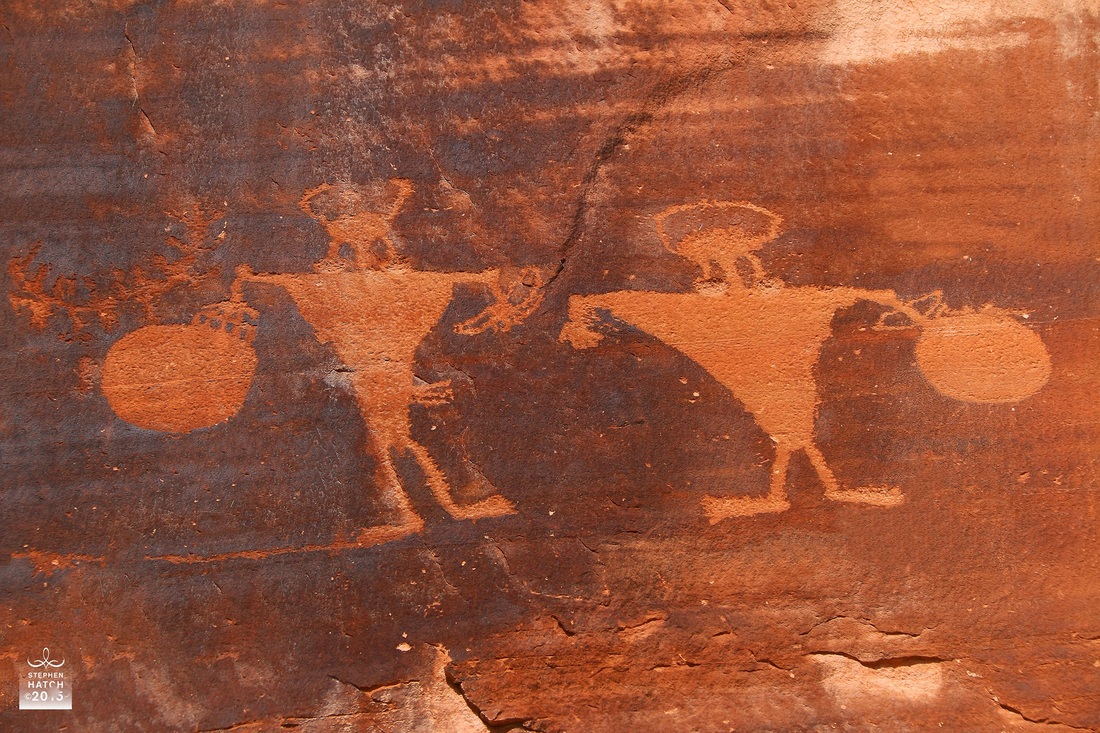
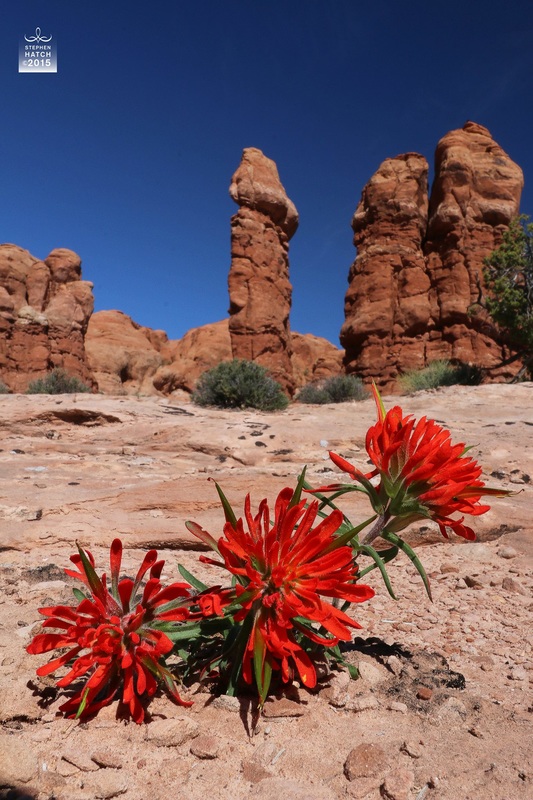
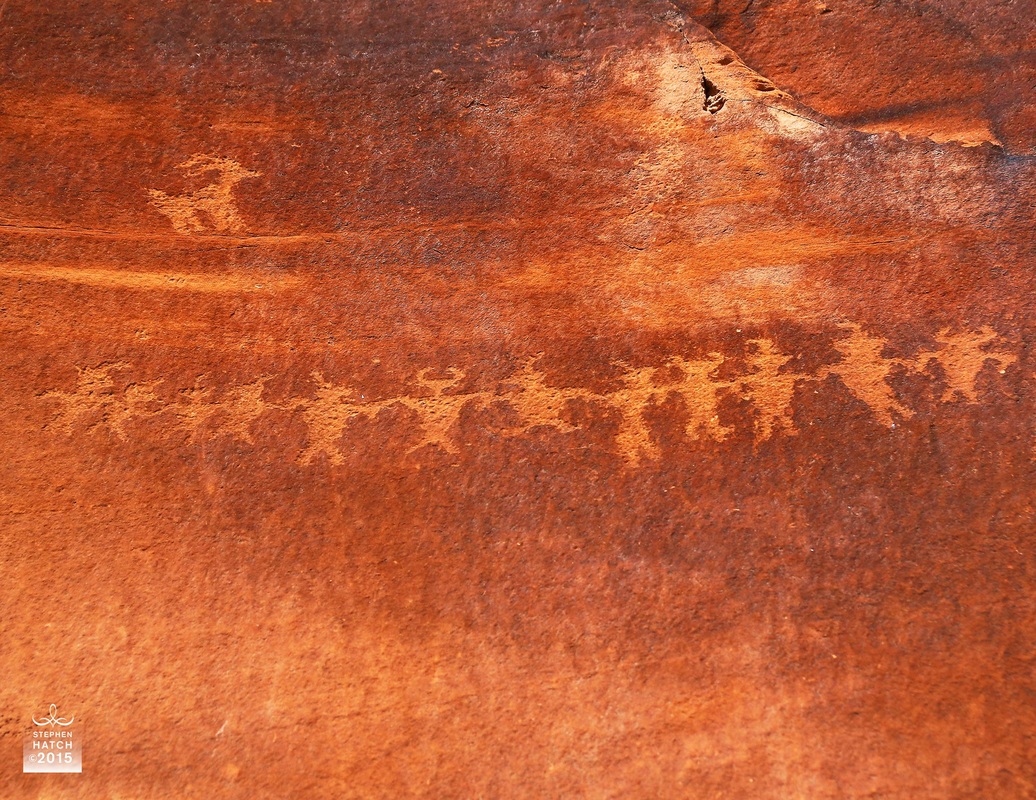

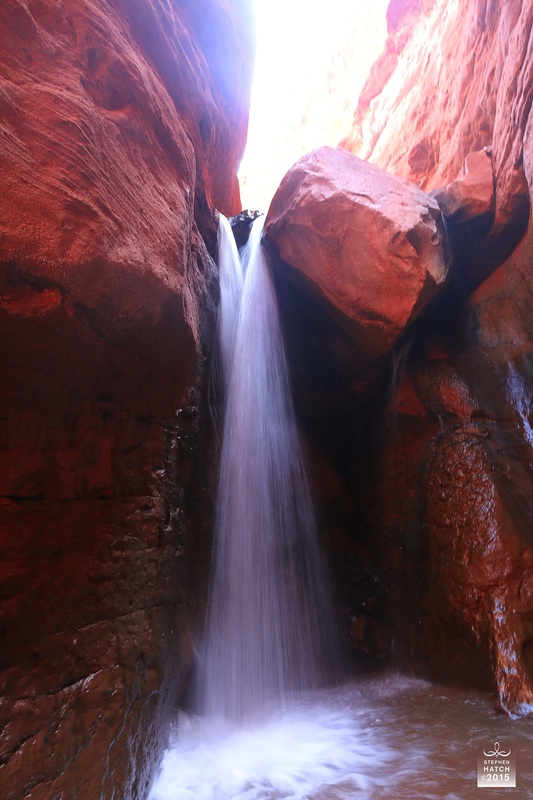


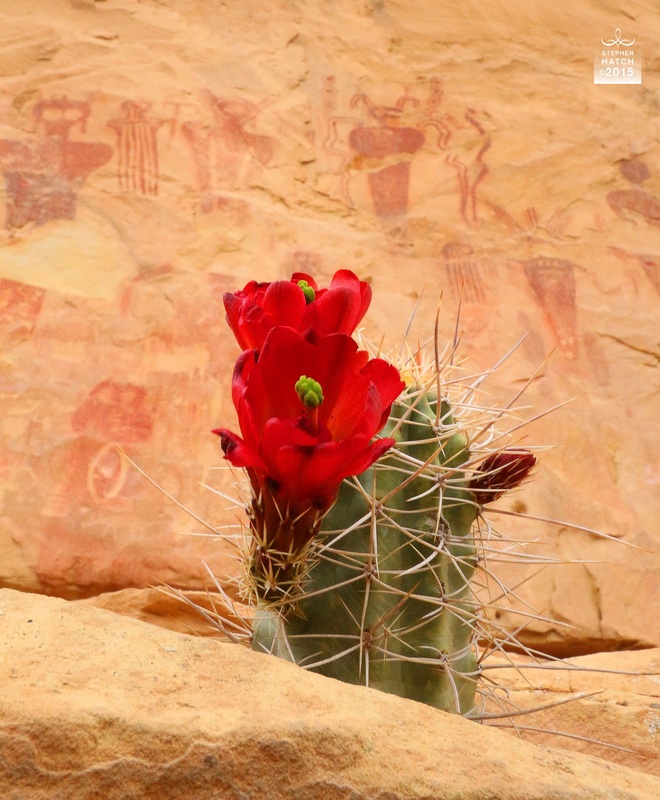

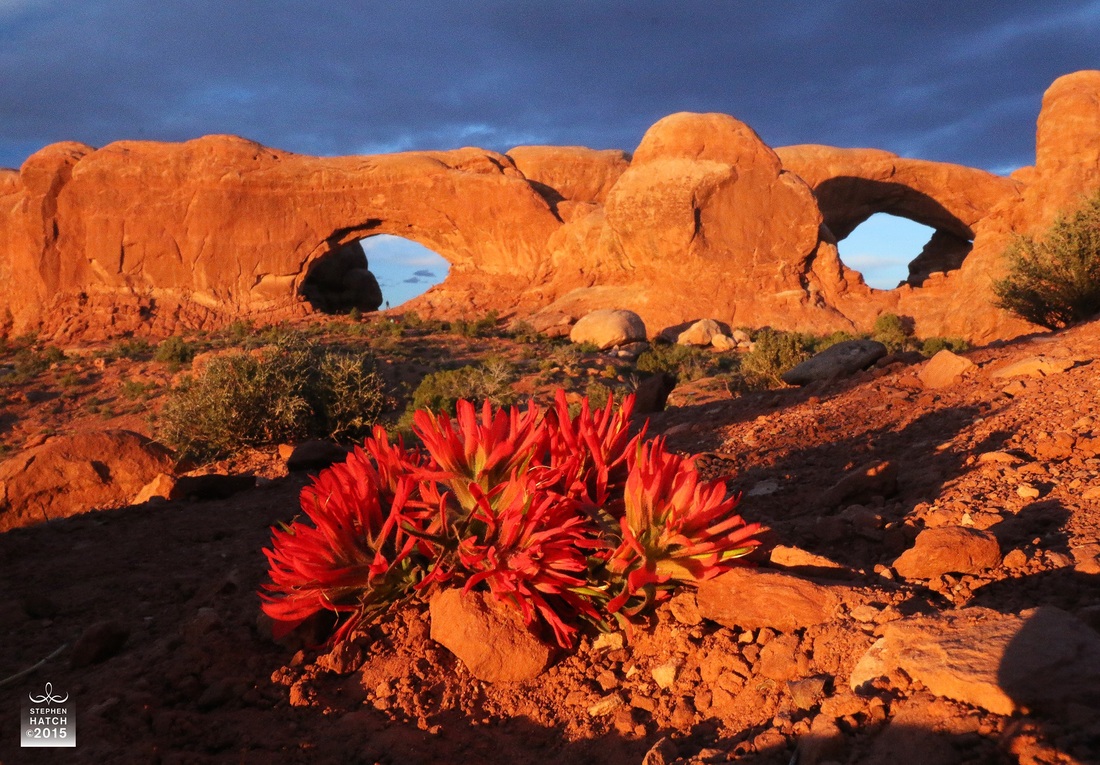
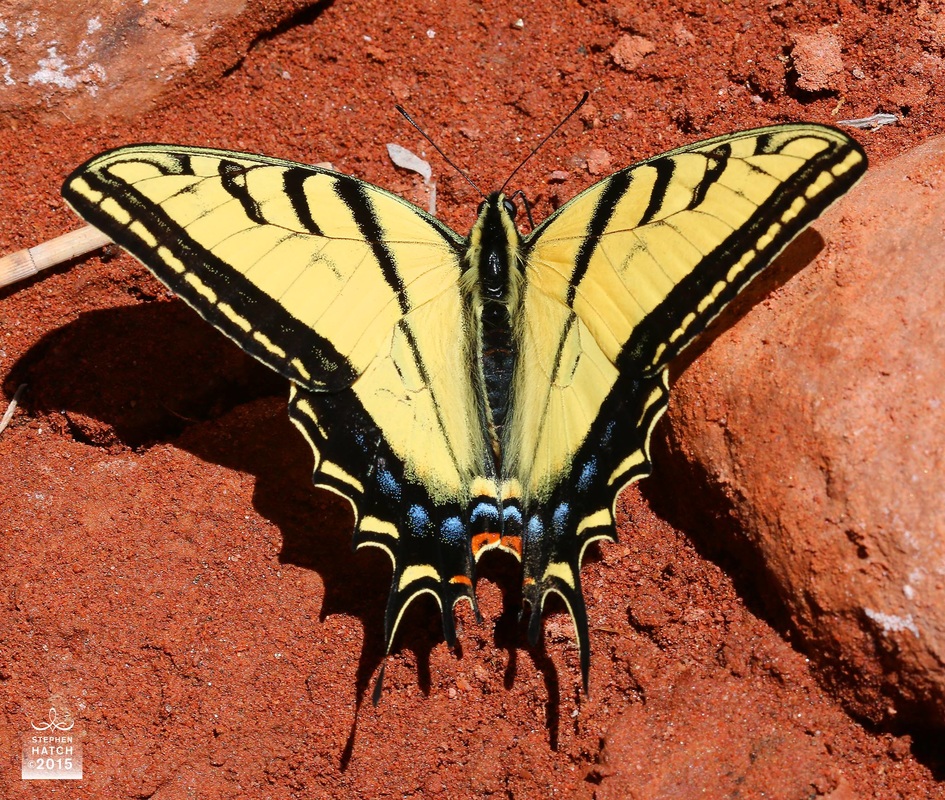



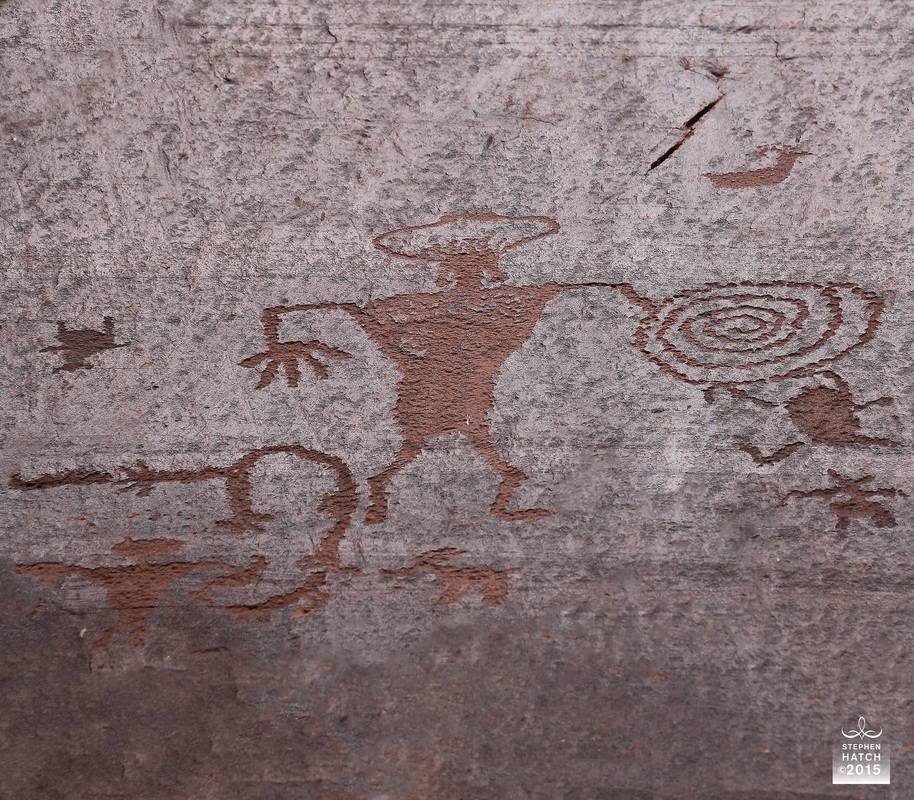


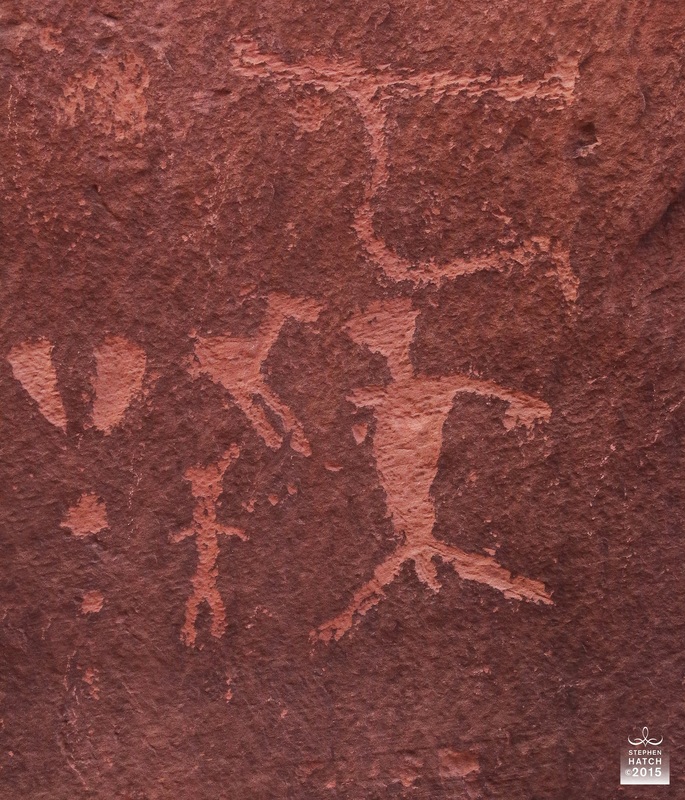
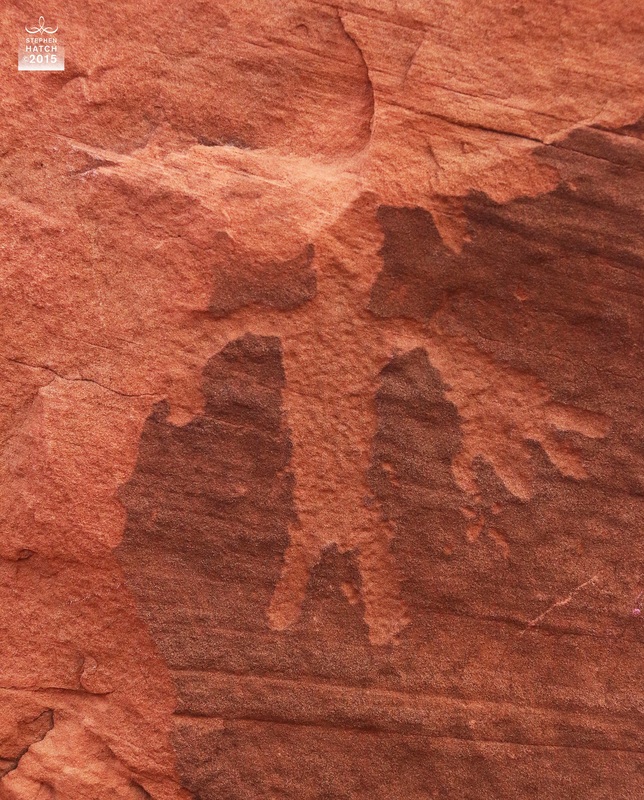

 RSS Feed
RSS Feed
